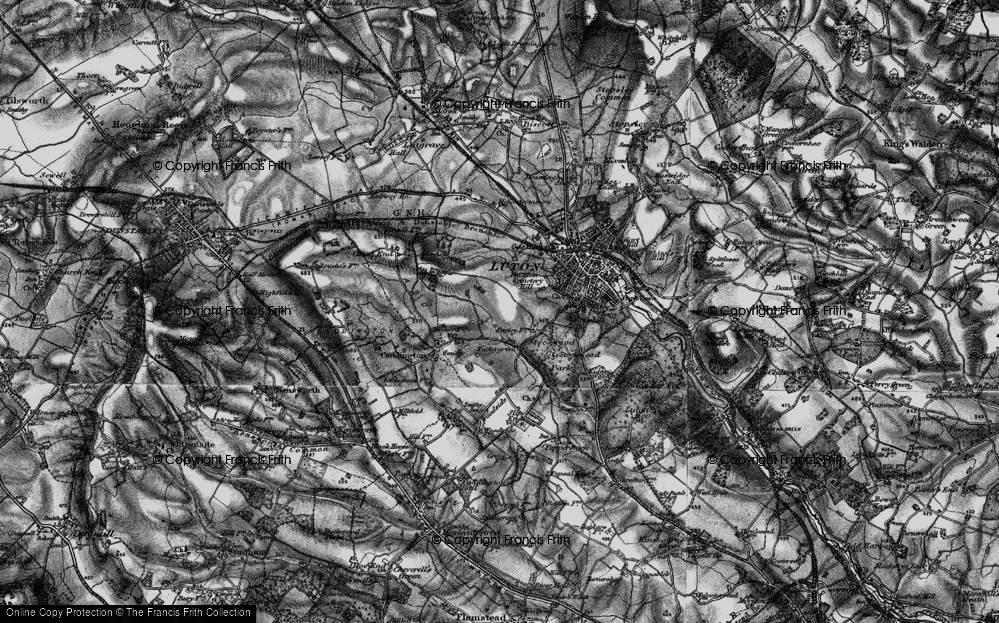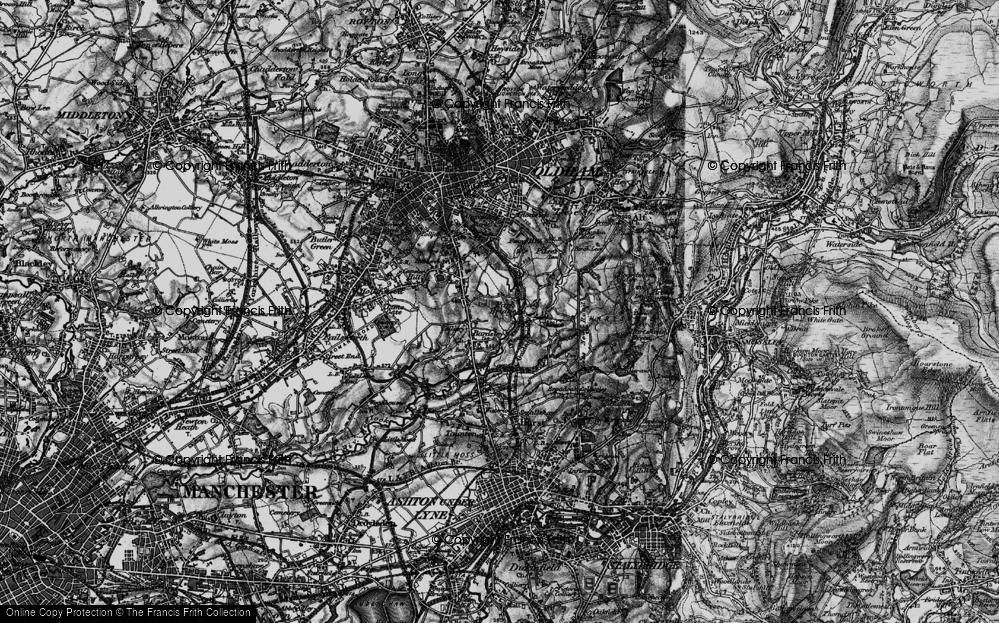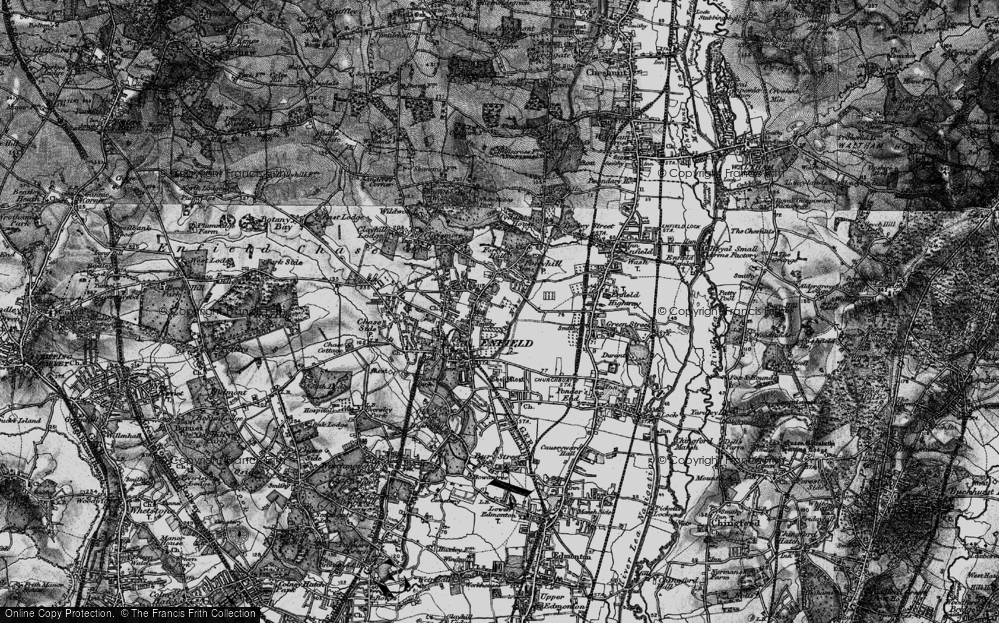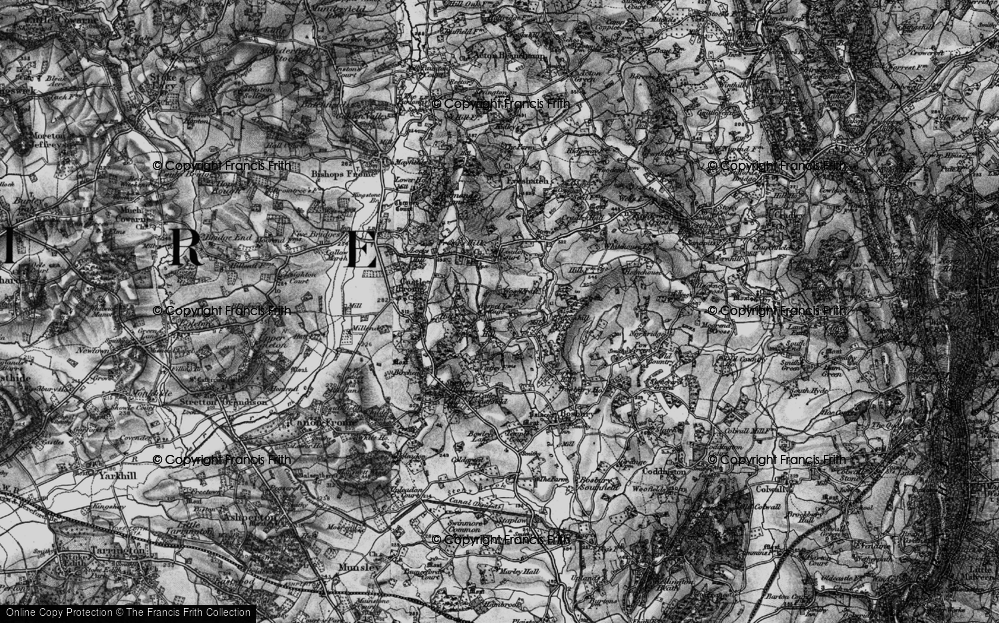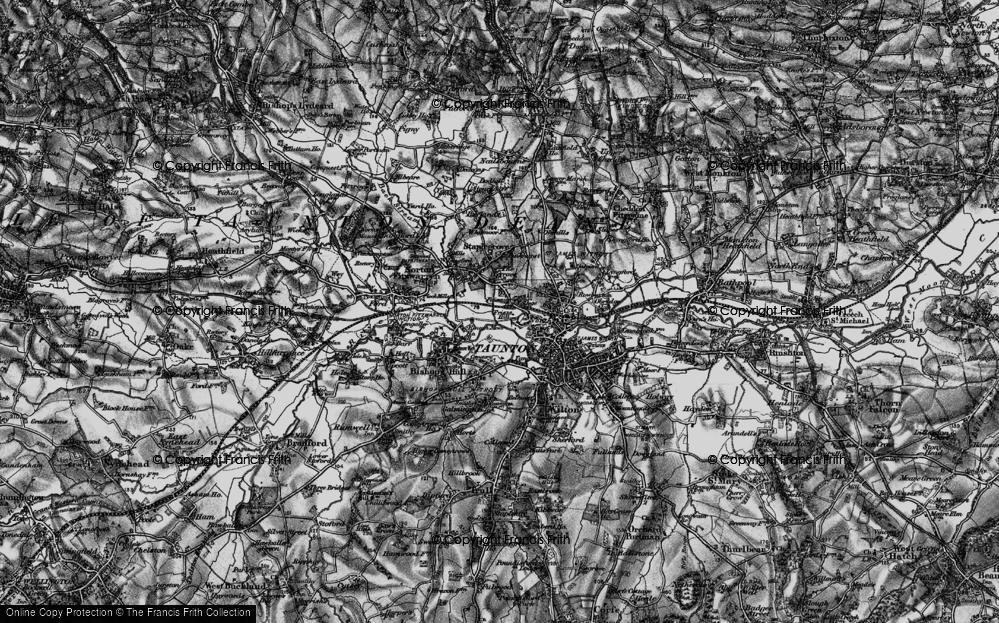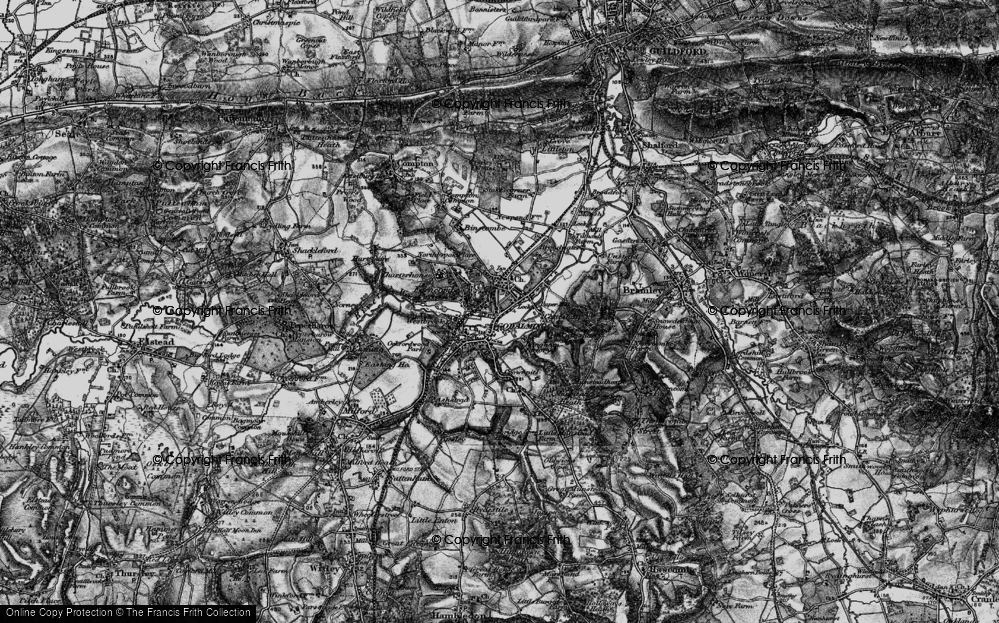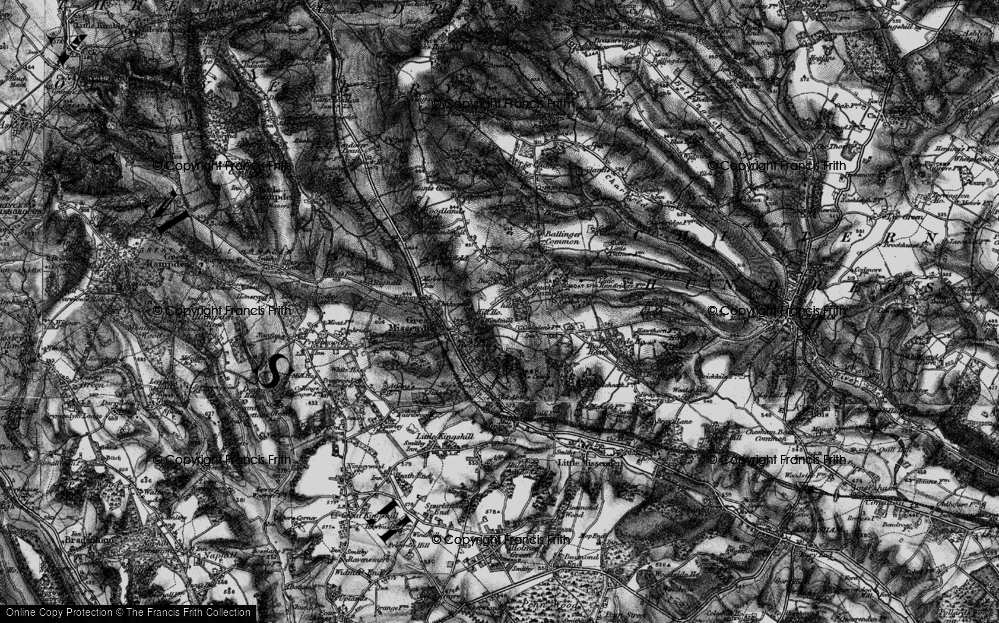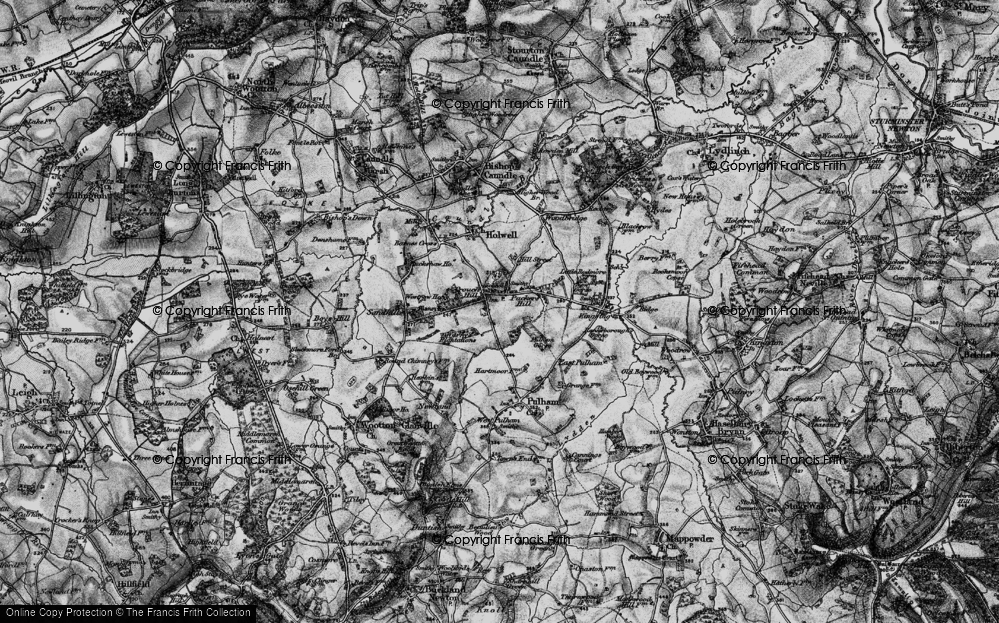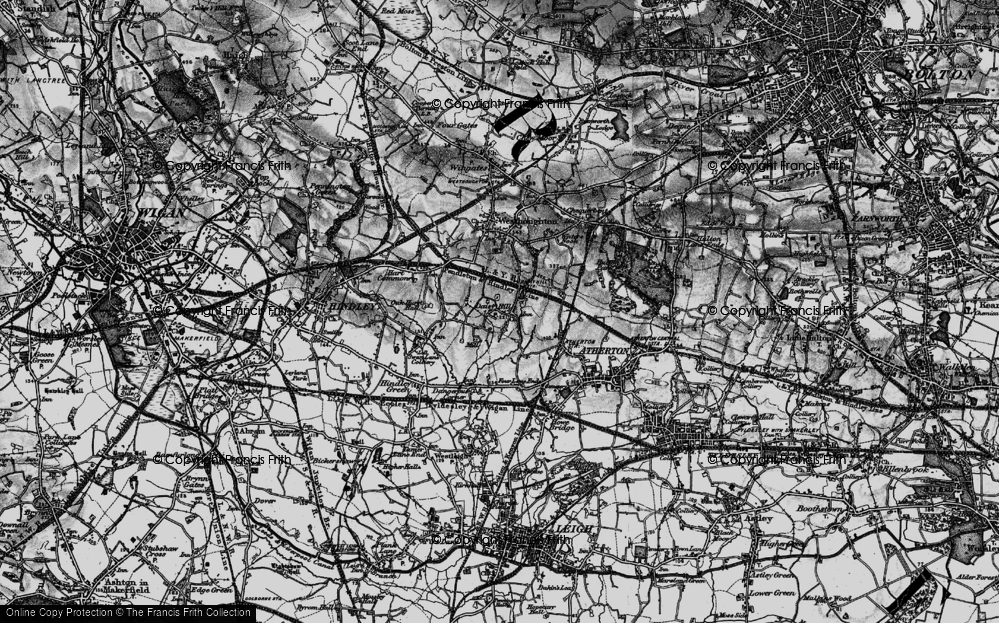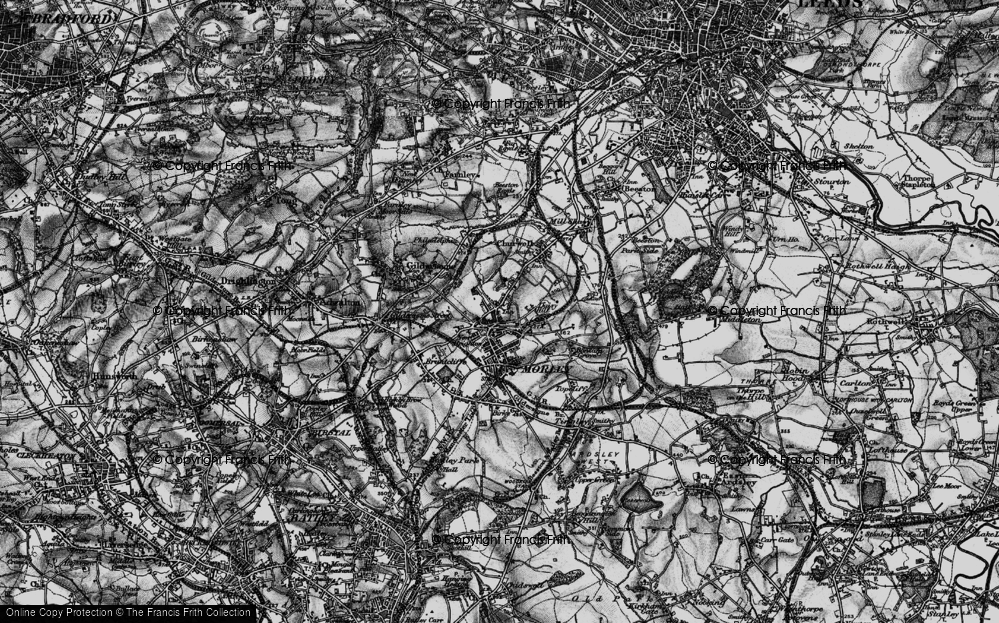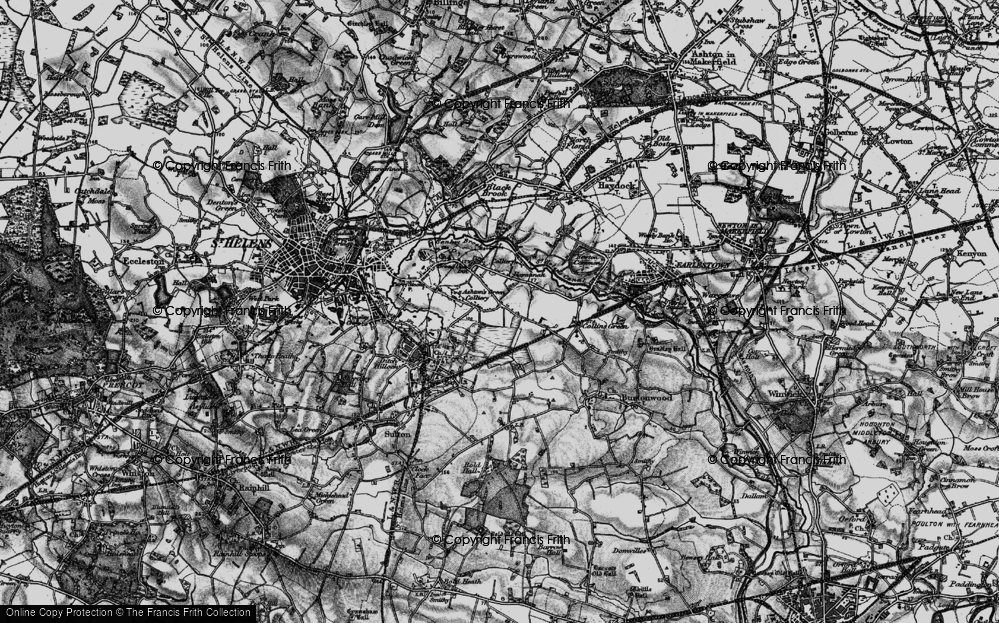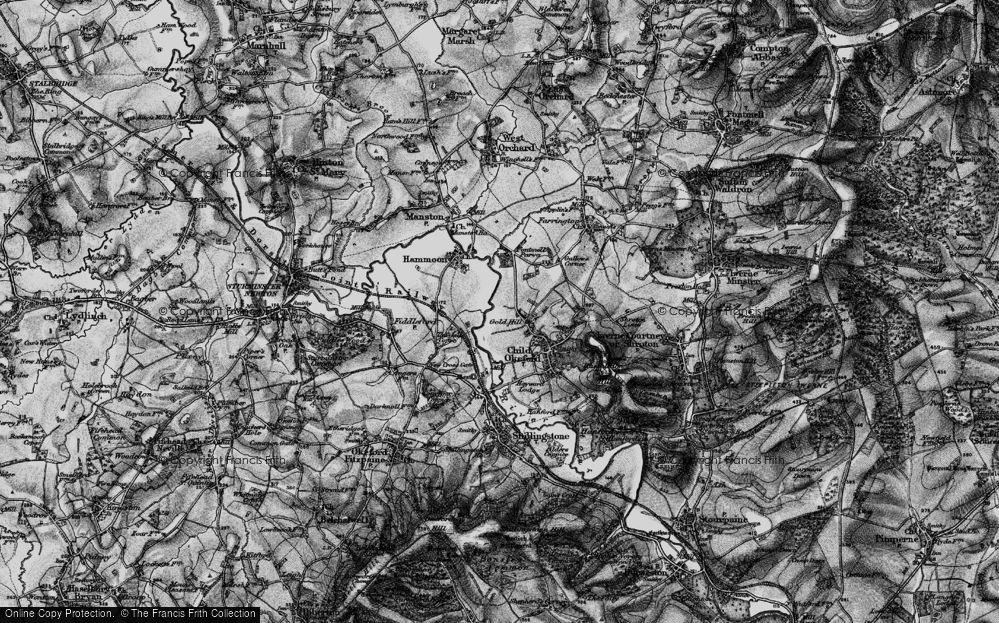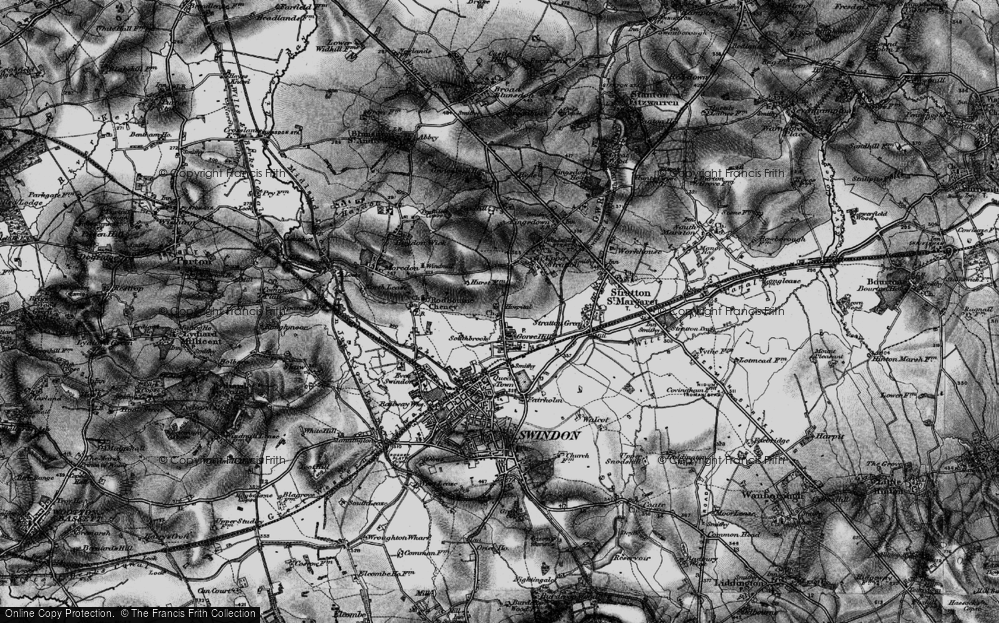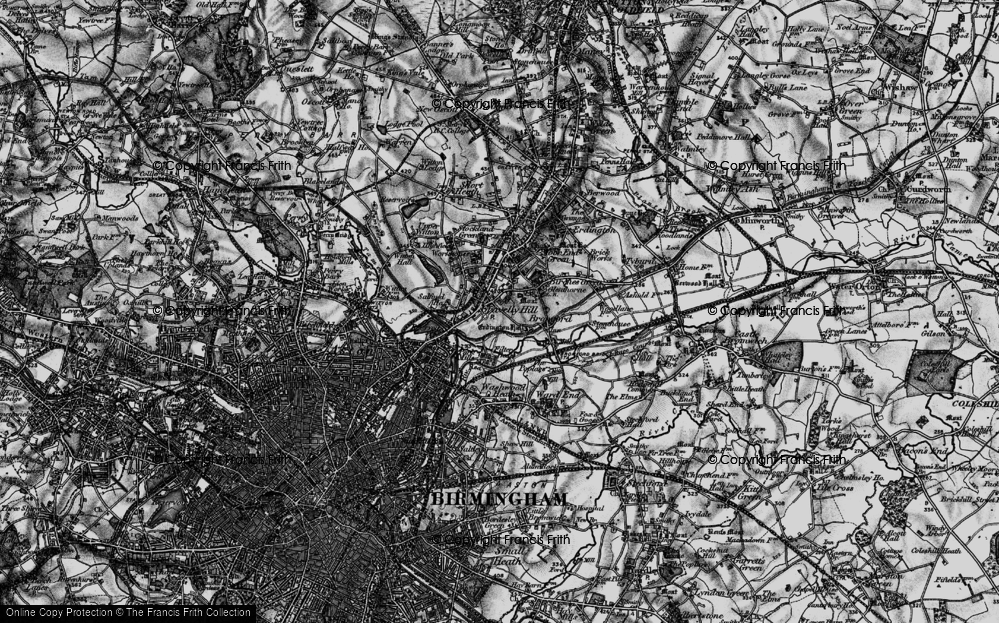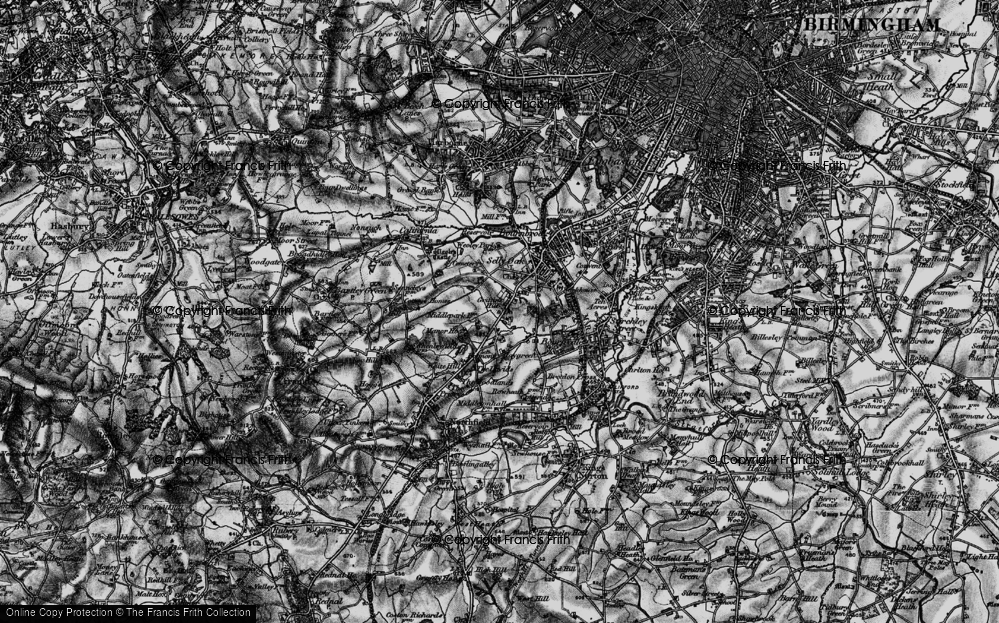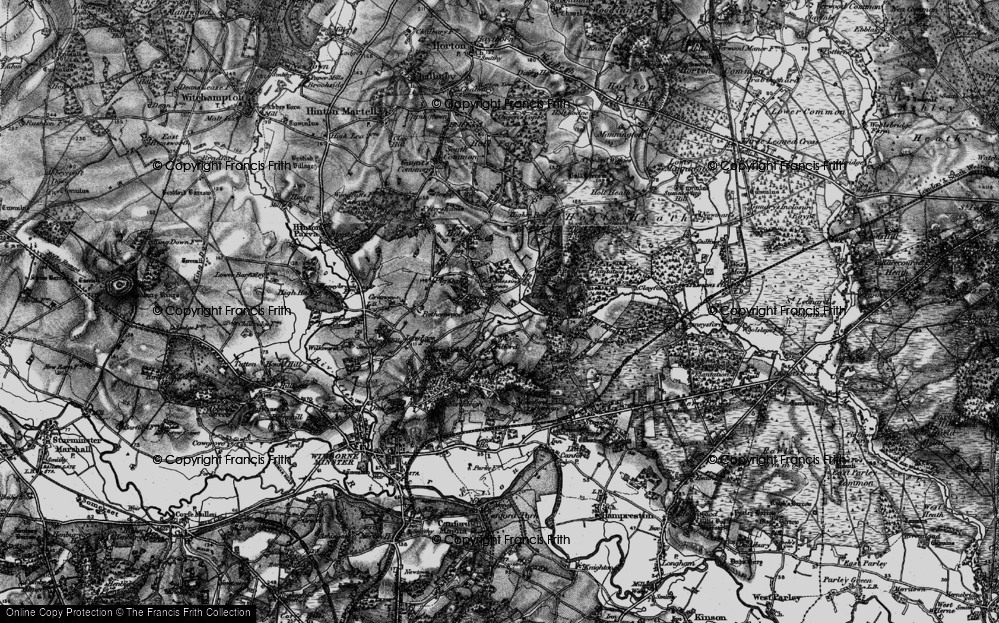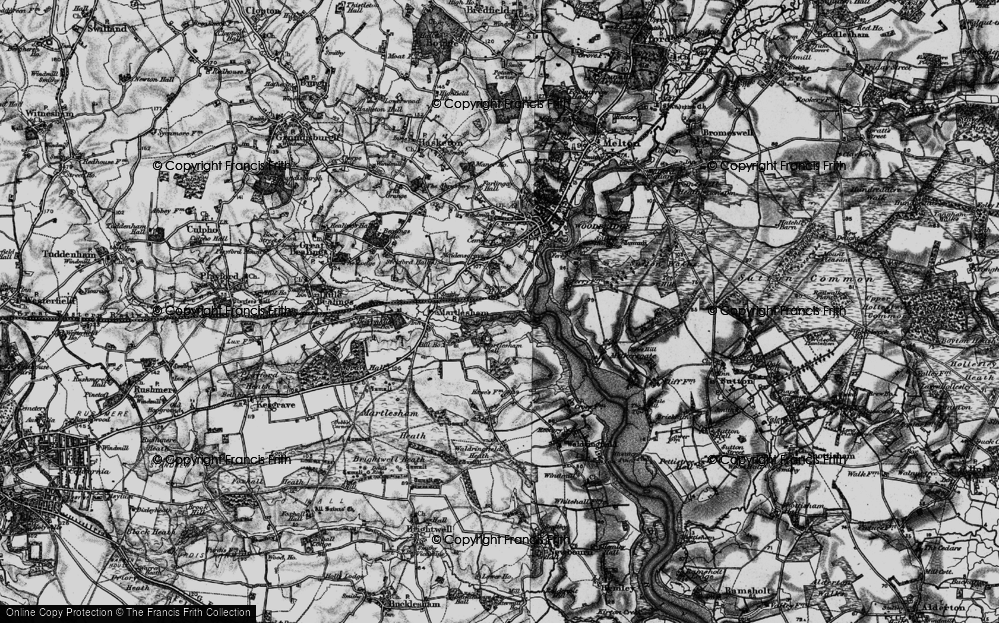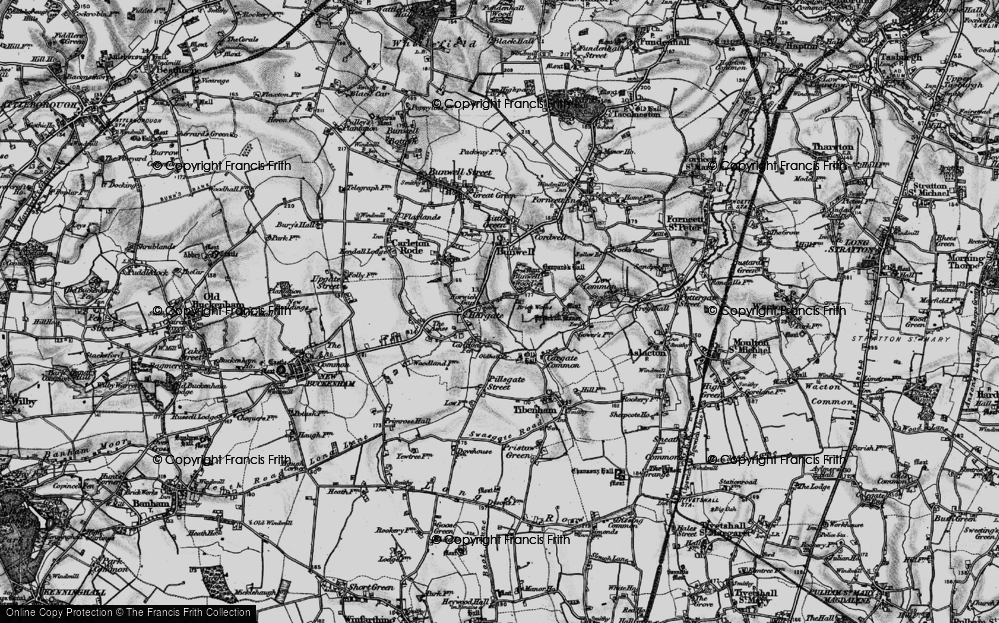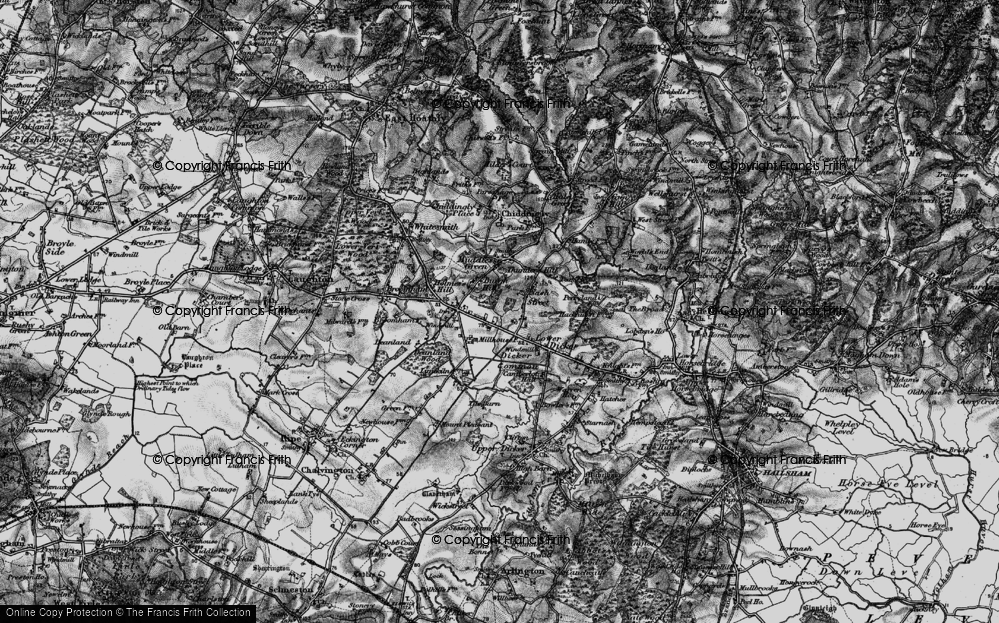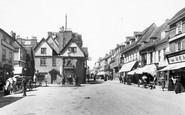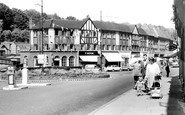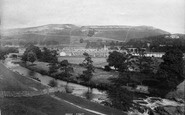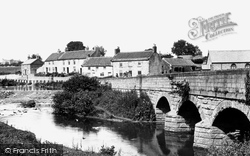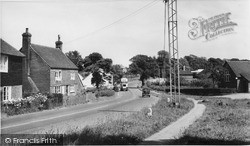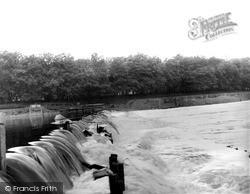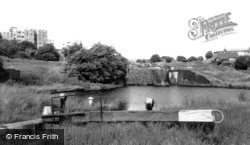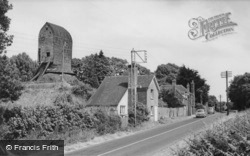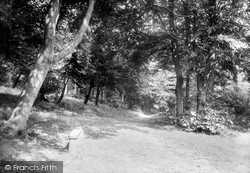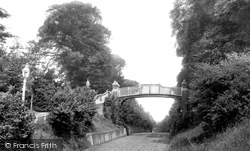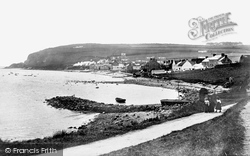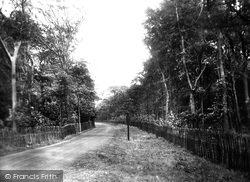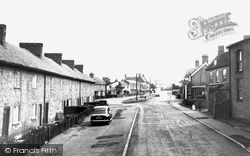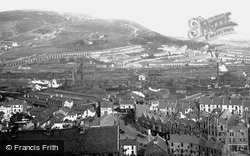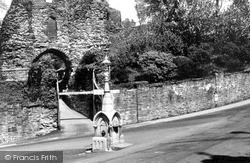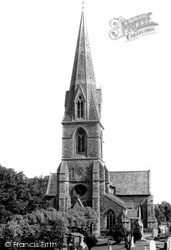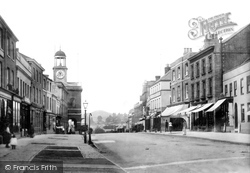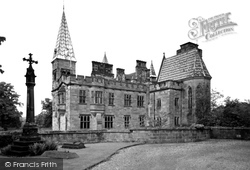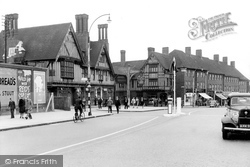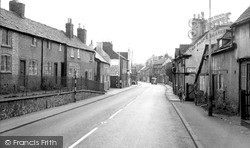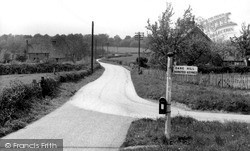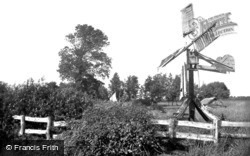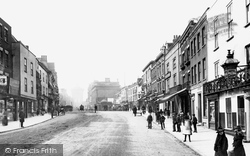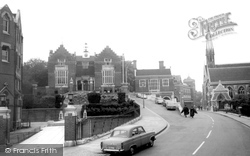Places
19 places found.
Those places high-lighted have photos. All locations may have maps, books and memories.
- Hill of Mountblairy, Grampian
- Hill of Banchory, Grampian
- Hill of Fearn, Highlands
- Rocky Hill, Isles of Scilly
- Hill of Beath, Fife (near Dunfermline)
- Hill of Drip, Central Scotland
- Hunny Hill, Isle of Wight
- Quarr Hill, Isle of Wight
- Quine's Hill, Isle of Man
- Kite Hill, Isle of Wight
- Broom Hill, Avon
- Merry Hill, West Midlands
- Rose Hill, Derbyshire
- Cinder Hill, West Midlands
- Barton Hill, Avon
- Spring Hill, West Midlands
- Golden Hill, Avon
- West Hill, Yorkshire
- Oak Hill, Staffordshire
Photos
2 photos found. Showing results 1,281 to 2.
Maps
4,410 maps found.
Books
3 books found. Showing results 1,537 to 3.
Memories
3,576 memories found. Showing results 641 to 650.
Pagham 1050's
My most special and enjoyable times in my life were spent at Pagham in one of the hired beach houses on the pebble seafront in the early to mid fifties. I went there several times with my brother and my parents and remember swimming, ...Read more
A memory of Ledbury by
Happy Times Remembered.
We moved to Waterlooville in 1952,we lived in a row of houses called Salisbury Villas ,now that is the back of Waitrose.Our neighbours were Mr and Mrs Henry Cannings,and Jim and Nellie Olding.My dad Tony Blair worked in ...Read more
A memory of Waterlooville by
Litchfield Gardens Hall Family
I was born in 58 Litchfield gardens in 1949 and went to St Andrews juniors and still remember the air raid shelters in the play ground and being there when they were knocked down. I took a trip 'down memory lane' some ...Read more
A memory of Willesden by
Good Mates And Grown Ups
I was born in 1937 at Steed Road Muswell Hill. 1938 moved to 137 Northview Road opposite the alley leading to the playing fields. Used to go that way to school at Crouch End sec mod. First school Campsbourne Road Primary. It ...Read more
A memory of Hornsey by
37 Ashburnham Road From 1955 To 1966
I spent my first eleven years in the above address. The houses were all council houses. There was an Anderson shelter in the back garden from the second world war. The houses were quite ordinary but Ham was a very ...Read more
A memory of Ham by
Life Above Corals Coal Shop
my parents moved to an empty flat above the coral coal shop in bank street.my Father worked for corals coal as a delivery driver.The flat was an extra bonus i was born in Dover 1954 and when we left there we moved to a place ...Read more
A memory of Ashford
Happy Days In Morden
I lived in Leamington Ave from 1936 - 1956 with my parents who selected the new house for its long south facing garden which backed onto Hillcross School field. During the war my mother and I were evacuated to Bucklebury in Berkshire ...Read more
A memory of Morden by
Caterham Valley, Timber Hill, Bromley Hall Corn Merchants.
I will be 72 years old this year of 2015. I remember working with my uncle Syd and Auntie Chris Ryder at Bromley Hall Corn Merchants at the Godstone Road end of Timber Hill on the site which later ...Read more
A memory of Caterham by
Queens Rock Swimming Place
This early picture of Settle shows the River Ribble as it bypasses the South/West of the actual town, the Bridge in the middle left carries the A65 trunk road which then ran through the very center of Settle, and was the main ...Read more
A memory of Settle by
Brunswick Street And Ve Day
My father was brought up in Brunswick Street from being a small child, his sister born there in 1929, not far from the Hill school gates. Dad remembered the celebrations on VE Day, with everyone out in the street. ...Read more
A memory of Thurnscoe by
Captions
1,749 captions found. Showing results 1,537 to 1,560.
Crakehall, 1 mile north of Bedale, is two villages in one - this is Little Crakehall, with its race (left) for three corn and flax mills.
The road widens to form Posey Green, with the 1930s Horseshoe Inn on the right out of camera shot; it is a rambling mix of local sandstone and timber-framing with a huge horseshoe-
East of the village, the Shelford Road climbs on to the red sandstone hills, which are undercut by the River Trent to form river cliffs.
The reasoning behind the construction of the Dudley and Stourbridge Canals was for the transportation of coal from pits around Dudley to the glass works at Stourbridge, and for the export of coals
Windmill Hill is near Herstmonceux.
This wooded area to the north of the town was laid out and intersected with walks in the latter half of the 19th century and remain today a pleasant, if steep walk to the northern rim of the bowl
The main road from London originally climbed Angel Hill's ridge, but in the early 19th century a cutting was made.
The Plaiting School in the village employed village ladies and children who supplemented the low agricultural wages by weaving strips of straw, called plait, to the hat-making trade in Luton.
It soon became a destination for those who wanted to enjoy a spot which seems to make the mouth of Belfast Lough its own.
Following the building of St Anne's, Ansdell and Fairhaven were slower to develop, remaining an area of woodland and sandhills.
We are looking along Chequer Street towards Honey Hill; the shape of the community has changed little.
This ancient town crowns the steep hill above the valley of the River Kensey. Here we see the broad market place, with its pleasing facades of 17th- and 18th-century slate-roofed buildings.
There is also very great trade for coal which they export to all the ports of Somerset, Devon and Cornwall and also to Ireland itself so that one sometimes sees a hundred sail of ships at a time loading
Today the wooden gates are gone, and so is the fountain in the road, erected by the Hender family in memory of their son Leonard, who drowned near Land's End in 1894.
Swindon - 'swine down' or 'pig hill' - is Wiltshire's largest settlement; it grew from the two villages of Old and New Swindon of about 2,000 inhabitants in 1900 to its present size of about
This view shows the western end of East Street, with a closer look at the Town Hall clock-tower and cupola, and Colmer`s Hill forming the conical eminence in the distance (centre).
Perched high on its hill, Alton Castle dominates the area. The original castle is thought to have been built by Bertram de Verdun, who also founded the Cistercian abbey at Croxden.
Between the underground station and the parish church, this is a wonderful neo-Tudor pub of 1936 by A E Sewell; he also designed the Crown and Anchor in High Street, Chipping Barnet, and the Goat near
Quorn ('Querendon' in 1209) means 'the hill from where millstones were obtained'.
A little north of Horam, on the Heathfield road and up Steelyards Hill, stands Stillyans, an oasthouse converted into a house.
Originally made of wood, later versions were metal, and visually the black lettering certainly stands out from the white-painted pointing board.
A small hollow post wind pump for land drainage, the mill had shuttered sails and was turned to the wind by twin tail vanes. The shutters in the sails were set manually, one sail at a time.
These views show the town from the 1890s to the 1960s; they record both the many changes that have taken place and also, paradoxically, how much of the old town survives.
Sixty years and two world wars on from the photograph of 1906, the late 18th-century house on Church Hill has been demolished and replaced by the War Memorial Building, designed by Sir Herbert Baker in
Places (19)
Photos (2)
Memories (3576)
Books (3)
Maps (4410)




